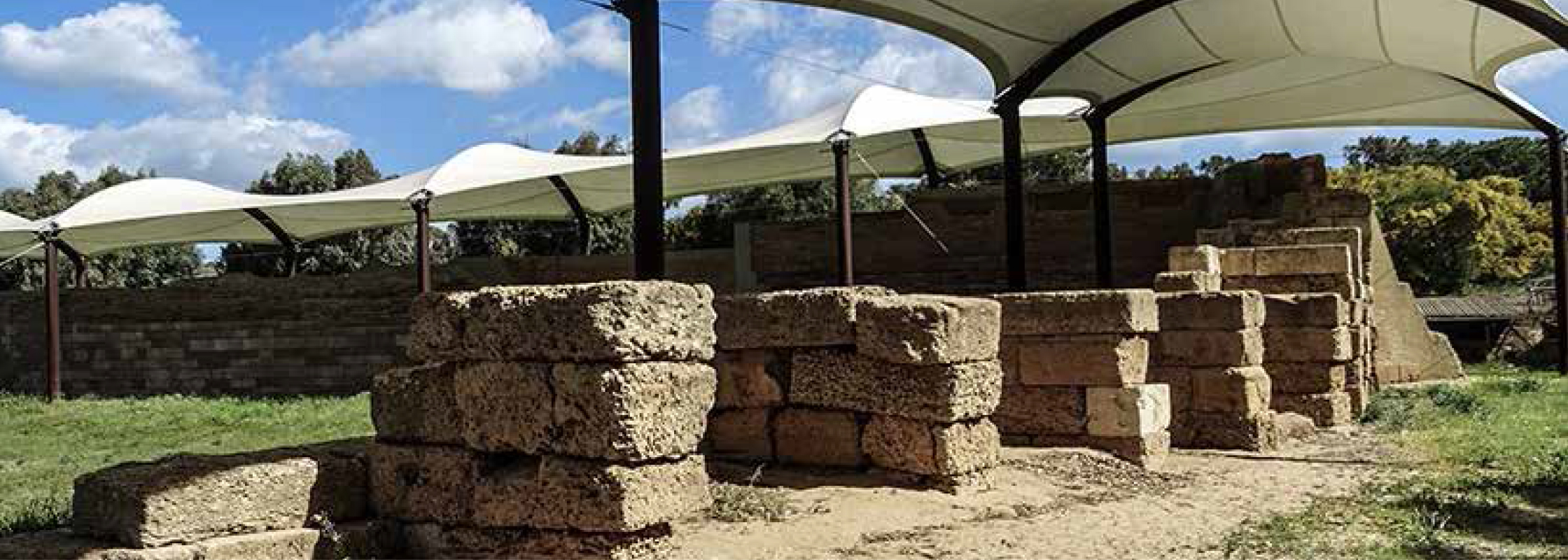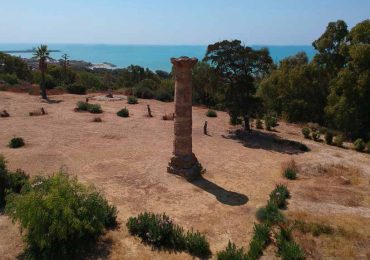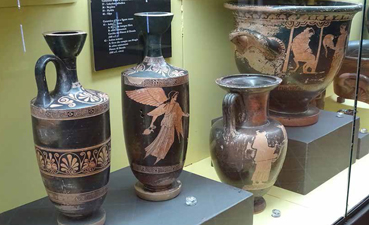Timoleon’s Walls
(Viale Indipendenza, 13)
A grandiose example of military architecture, the walls of Capo Soprano are unique not only in Sicily but in the entire Mediterranean area. Made in mixed media with a thickness of about 3 metres, they consist of a tall base of local calcarenite blocks attributed to the time of Timoleon (second half of the 4th century BC), and a later elevation in fragile mud bricks, arranged regularly and bound together by clay and sand, likely also originally plastered.

Acropolis
(Corso Vittorio Emanuele)
A superb Greek Doric column and the symbol of the city stands tall on the hill Molino a Vento, also home to the most important traces of the ancient settlement dating back to prehistoric times, as well as to the Greek Rhodian-Cretan colony (689-688 BC) that established its acropolis here with the
sacred area consecrated to Athena.
The remains of a typically Greek urban layout known as the Hippodamean Plan testify to the fact that the hill was also the site of dwellings and workshops.
Archaeological Museum
(Corso Vittorio Emanuele)
The history of Gela and its territory from its origins to the Middle
Ages is told by the rich collection of exhibits in the archaeological museum next to the remains of the acropolis of Molino a Vento.
Visitors can admire thousands of precious artefacts here, all testifying to the daily life of the colony, the intense trade with Greece, the extraordinary variety of polychrome terracotta architectural elements from the sacred buildings as
well as the ceramics imported from Athens. The numismatic collection is exceptional, with coins from all over the Mediterranean area.
